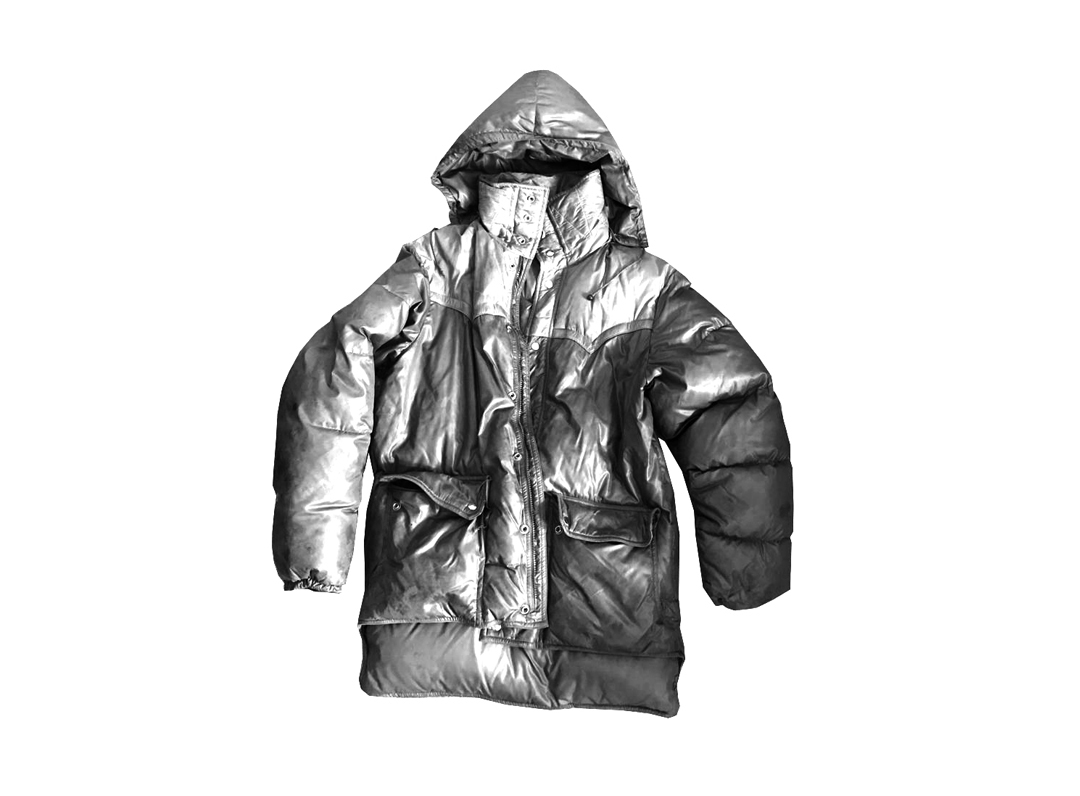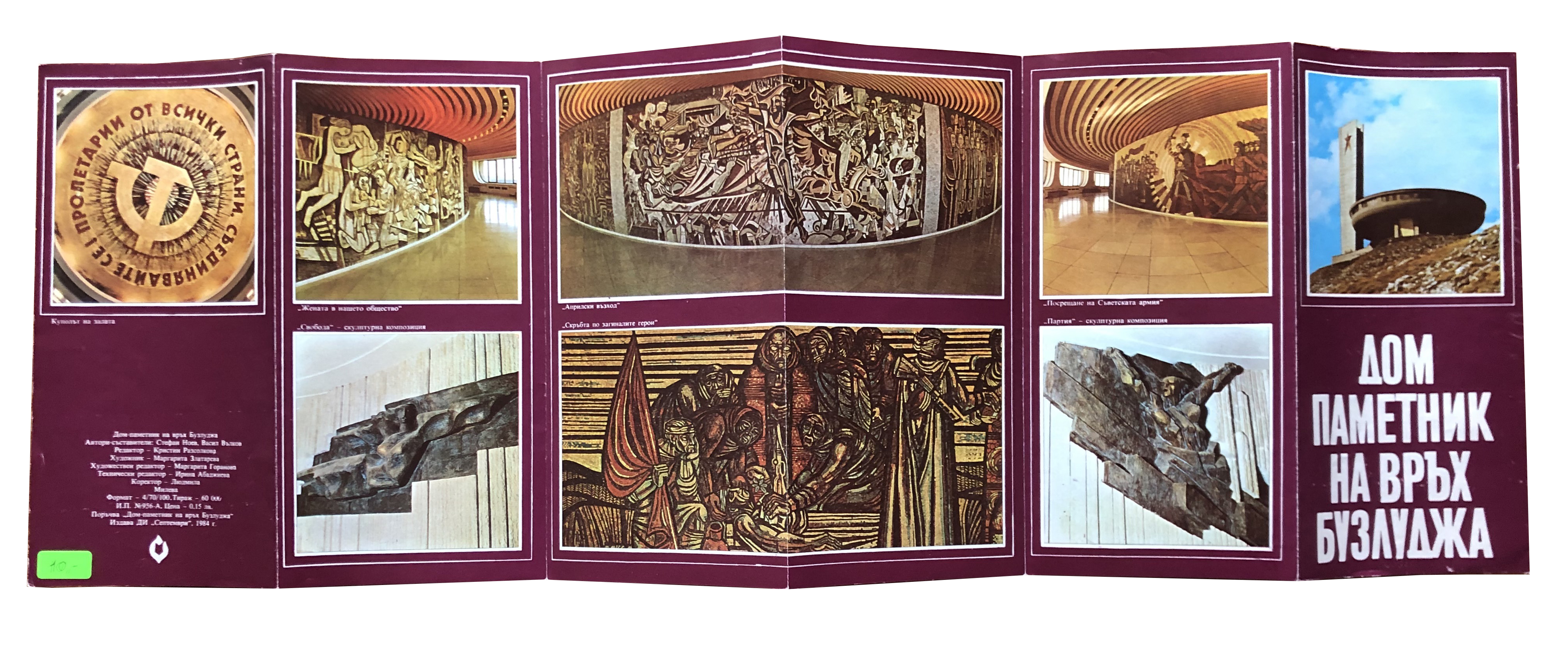A Museum at Home

In the absence of museums and galleries in the past year and whilst we were all confined to our homes, I searched out objects in my own home – a very literal ‘museum for now’. This encouraged me to question what makes an item museum worthy. Is holding a story or memory enough, or does it need to teach us something; to challenge us; to have a purpose?
The role of museums in society is changing. Their function to showcase, record and chronicle collections is becoming less relevant, especially in a world where travel and exploration has become so accessible. Current conversations focus on the need for museums to become more inclusive, relevant, community-orientated and democratic. And some museums are aiming at a more ambitious goal too – can they provide experiences that might help us in our continuous quest to lead happier and more fulfilling lives.
In a recent gallery design competition that NRS participated in, the brief stated a need for the new galleries to promote ‘bildung’ - a process of lifelong learning that forces us to grow and change. Should exhibitions in the future only exist where they have real purpose? Should the interpretation of objects be geared towards the ethical and emotional lessons they hold?
At the start of lockdown I moved back to my family home to help care for my dad. I grew up in a large family, and a family which is also prone to hoarding, so the house is full to the brim with stuff. There’s a running joke amongst friends that our house quite literally consumes belongings, which get thrown back up in a 3 year cycle, by which point it’s probably no longer wanted. I’ve chosen a few items from this ‘museum for now’ to explore. Can these objects act as portals into the universal and humanistic issues that we all experience and share?
Object 1. Memoirs of William Joseph May, Superintendent Criminal Investigation Department Birmingham Police for 19 years

These memoirs written at the turn of the 20th century and published in the Birmingham Weekly Gazette, were discovered in the attic. The file holds a familiar musty smell redolent of my grandfather’s house. I enjoyed reading the description of a gang of youths known as the ‘peaky blinders’ and the chapter titled ‘watching’ from a time before CCTV existed.
In this account of a riot incited by the press when Mr Lloyd George (later Prime Minister of the UK) was due to speak at the Town Hall in 1901, we discover that one policeman was injured so badly that he was unable to ever work again. But that in the charge that ensued a man was struck on the head by a policeman and died. This policeman was never identified, which led to a considerable amount of ill feeling towards the police.
The serious paralysis of a policeman is a reminder of the danger officers face on the beat. But this story is particularly unsettling as it resonates with current affairs – the death by police of innocent members of the public with no repercussions. The recent deaths of George Floyd and Sarah Everard have gathered momentum for movements promoting reforms to policing, in particular the Black Lives Matter movement and racial prejudices that need to be urgently combatted.
Object 2. Leaflet of Buzludzha

This leaflet shows photographs of Buzludzha which was constructed in 1981 – a shiny spaceship-like monument, built by the Bulgarian Communist Party in commemoration of events in 1891 when a group of socialists first assembled in secret to found a socialist movement. It was abandoned after the fall of the communist party, and it now sits empty and derelict, its roof fallen in and the overhanging metal structure rattling in the wind like loud orchestral percussion that has lost its sense of rhythm. Incredible mosaics covering the walls are still largely intact, relaying stories from the past.
‘Let the pathways leading here – to the legendary Buzludzha Peak… where the first Marxists came to continue the work of sacred and pure love that was started by Bulgaria’s socialist writers and philosophers – never fall into disrepair.’
Communist ideals are generally perceived negatively in Western society, yet we are still grappling with differing ideologies. Capitalist and socialist values are often in opposition and continue to deepen rifts between people in society. How can we find the right balance? How can we provide for everyone in a growing population? How can we combat greed and some people’s need for power to the detriment of everything else? This fallen monument to a failed ideology is a reminder that we are still searching for solutions to improve society at large.
Object 3. Brown Puffer Jacket
This coat was bought on sale in the Lakes over 40 years ago. Despite its battered appearance, the way it retained body heat was quite magical, and it became my most utilised item of clothing during lockdown, especially in the colder months. My brother’s girlfriend started to call my lockdown look ‘skip diving chic’ – but I was interested in how we had all suddenly opted for comfy, practical clothing and all thoughts of fashion dissipated as soon as we felt hidden from society. Can we learn from this coat and from the lockdown period? Is being on trend really so important? Can we mindfully choose to wear secondhand or only buy new clothes that last, as the need for sustainability becomes increasingly critical?

Should we be going full circle – back to the Greek origins of museum - mouseion meaning ‘seat of the Muses’. Can physical objects become the ‘muses’ that inspire philosophical thought and provide us with the tools that encourage us to contribute to society? Sometimes it is these everyday objects found in our own homes that allow us to empathise and connect to a story in a way that a ‘high art’ piece wouldn’t. These remnants of a life lived by a human being become a lens through which we can view the present, helping us to reassess and move forwards with new perspectives – and reminding us that museums are places for us all.
